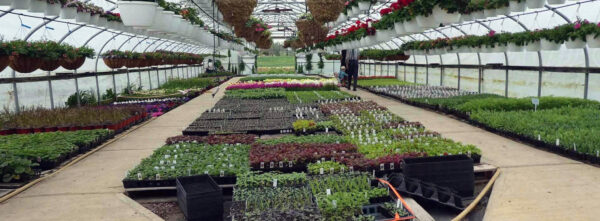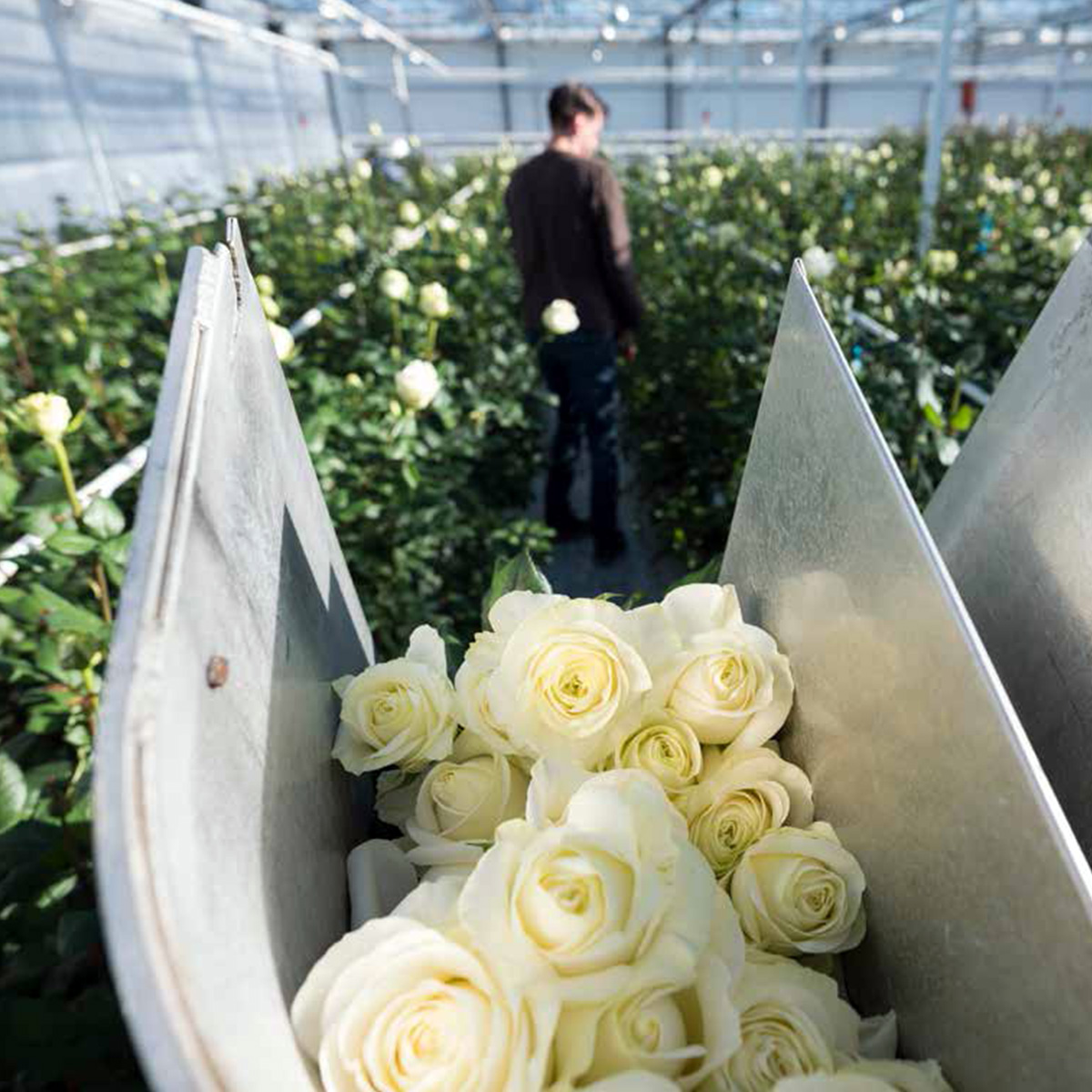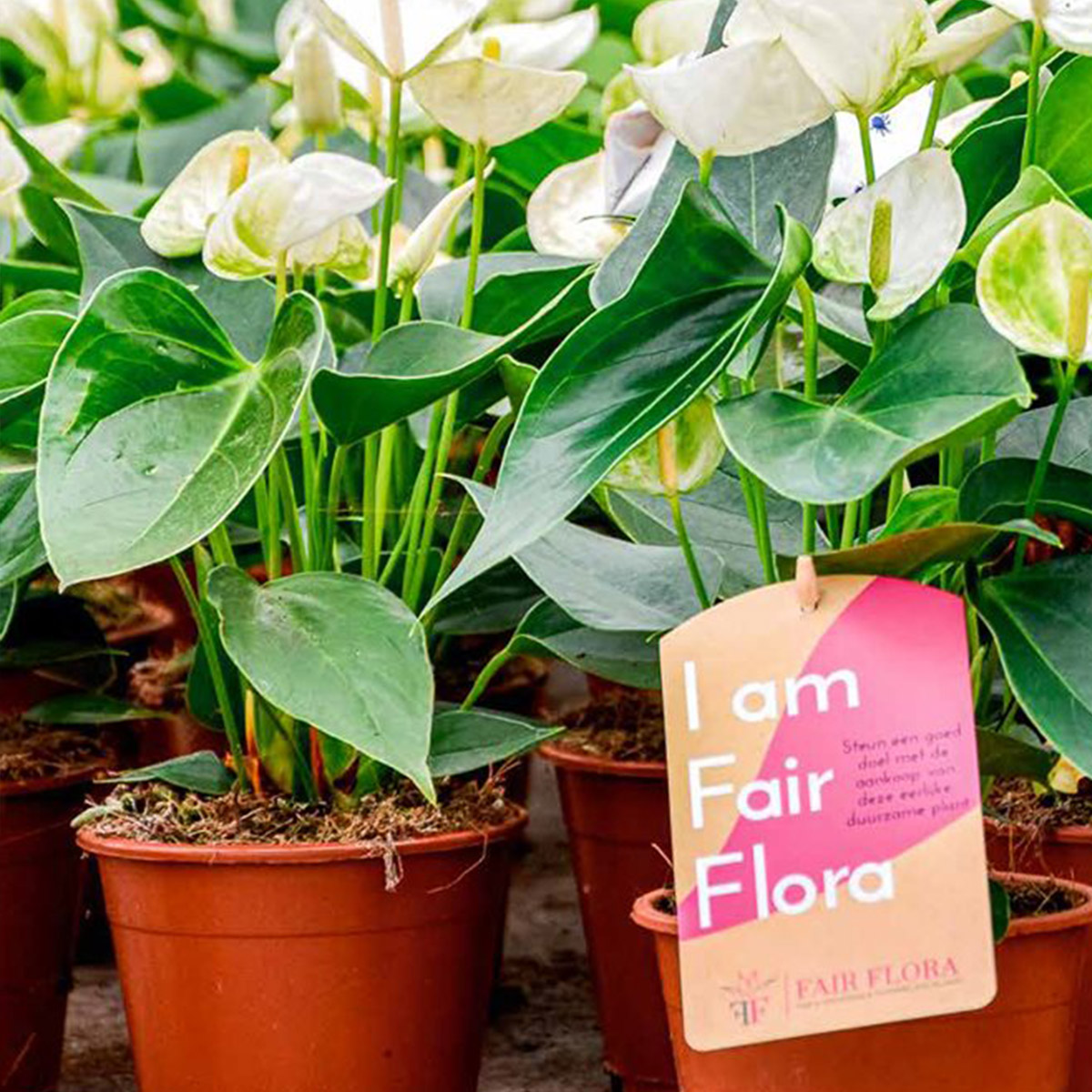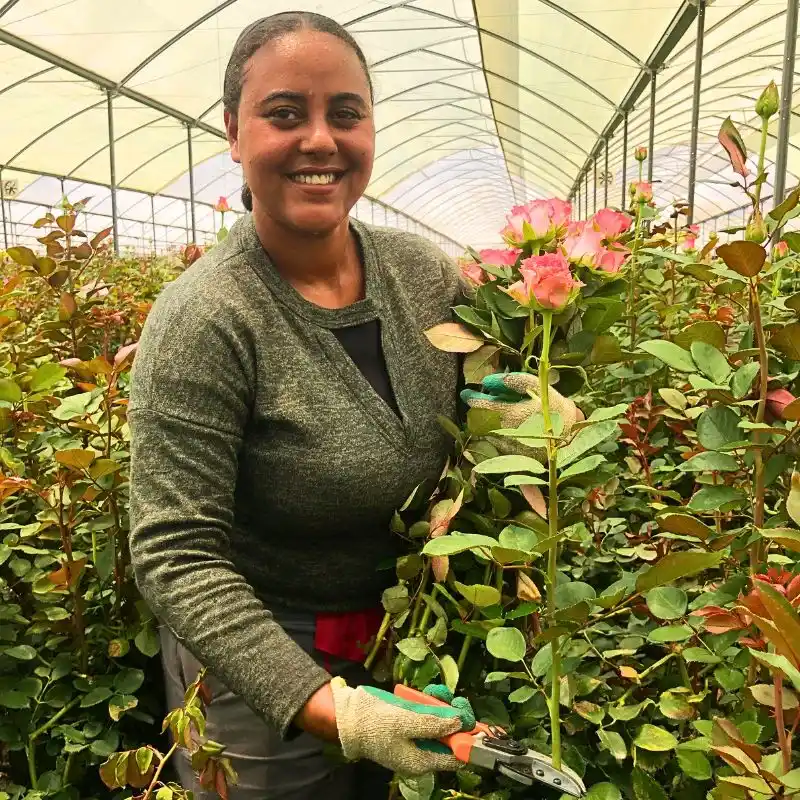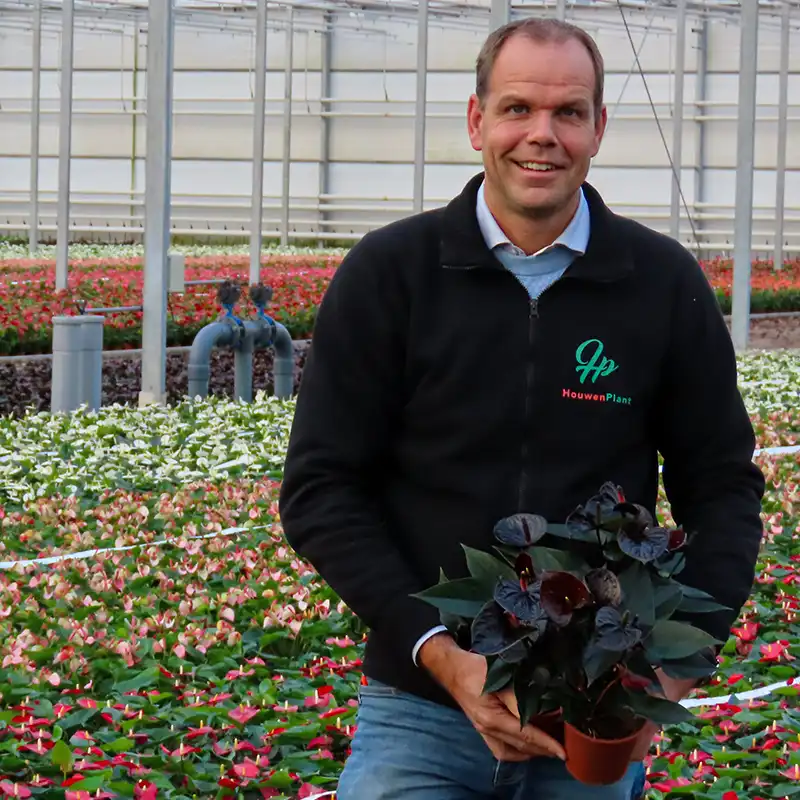It's time for action for climate-neutral production in the horticultural sector. The time of talking is over. This means that not only do the growers have to take action, but the entire chain needs to work towards collective climate-neutral production.
The Reason for Climate-Neutral Production in the Horticultural Sector
The main reason is the increasing demand for sustainable production. The demand from consumers and companies for sustainably grown horticultural products is increasing.
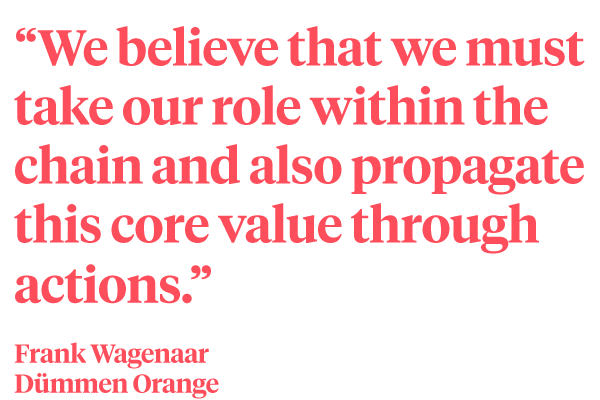
In addition, there is a growing need among retailers, governments, consumers, and environmental organizations for proof that a company operates sustainably. Life Cycle Assessment (LCA) is a widely recognized technique for calculating, monitoring, and benchmarking the environmental impact of products. Both chain partners and the market are increasingly asking for footprint calculations of horticultural products. With the Horti Footprint Chain Program, the horticultural sector is taking collective action by responding to these needs.
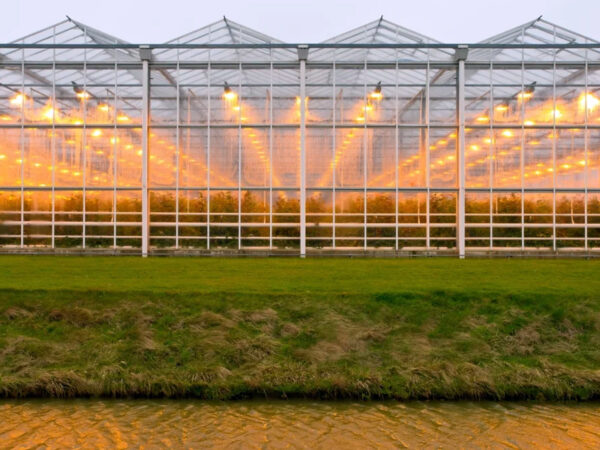
The Horti Footprint Method
The Hortifootprint Method is a widely recognized technique for calculating, benchmarking, and monitoring the environmental impact of products in a life cycle or environmental footprint analysis. The Horti Footprint Chain Program uses the methodology in the report 'Horti Footprint Category Rules' to calculate the environmental footprint of horticultural products.
This report contains calculation rules for calculating the environmental footprint of horticultural products for floriculture as well as fruit and vegetables. This method corresponds as much as possible with the European guidelines and aims to arrive at an objective and standardized method for calculating the environmental footprint of horticultural products.
The report contains unambiguous calculation rules for the fifteen impact categories in the calculation of the environmental footprint at the product levels, such as the environmental impact of production on the climate, land use, and resource depletion. By applying the calculation rules, insight is gained into the environmental impact of the product, where improvement is still possible within the process per company, and how the environmental footprint compares to comparable products.

Partners of the Project
Currently, 17 companies from the horticultural sector are part of the Horti Footprint Chain Program. This is what three of those say about their participation in this project. Frank Wagenaar from Dümmen Orange: "One of Dümmen Orange's core values is 'Responsible for people, communities and the planet'. We believe that we must take our role within the chain and also propagate this core value through actions. Creating awareness, we expect that the Horti Footprint Chain Program will also map out concrete improvements so that we can reduce CO2 emissions to a minimum through innovation and collaboration with other parties in the chain."
Mark van Antwerpen from Royal Brinkman:
"As Royal Brinkman, we want to contribute to making sustainable business a standard in horticulture. The Horti Footprint Chain Program can play an important role in this. We will have to do it with the entire chain, so we will have to actively seek that collaboration and make it clear to others why making the sector more sustainable is so important for our future."
Marco van der Goes from Houwenplant:
"We joined this project because we consider it extremely important as a company to produce CO2-neutral and ultimately become climate-positive. We want to be accountable to the consumer and therefore ask our suppliers to provide insight into their environmental impact. With the Horti Footprint Chain Program, we can help those companies to take steps."

The Mission
The Horti Footprint Chain Program aims for every party in the chain to gain insight into its own environmental impact in order to reduce its footprint. In this way, the CO2 emissions per part of the chain can be reduced, which ultimately leads to a climate-neutral product. Because every link in the chain participates in the footprint calculation, it is possible to map out which categories cause the highest environmental impact. In this way, we can work together to reduce total emissions and compensate them where necessary.
Read the article Calculate Your Environmental Impact With the Horti Footprint Chain Program if you like to find out what is your footprint.
